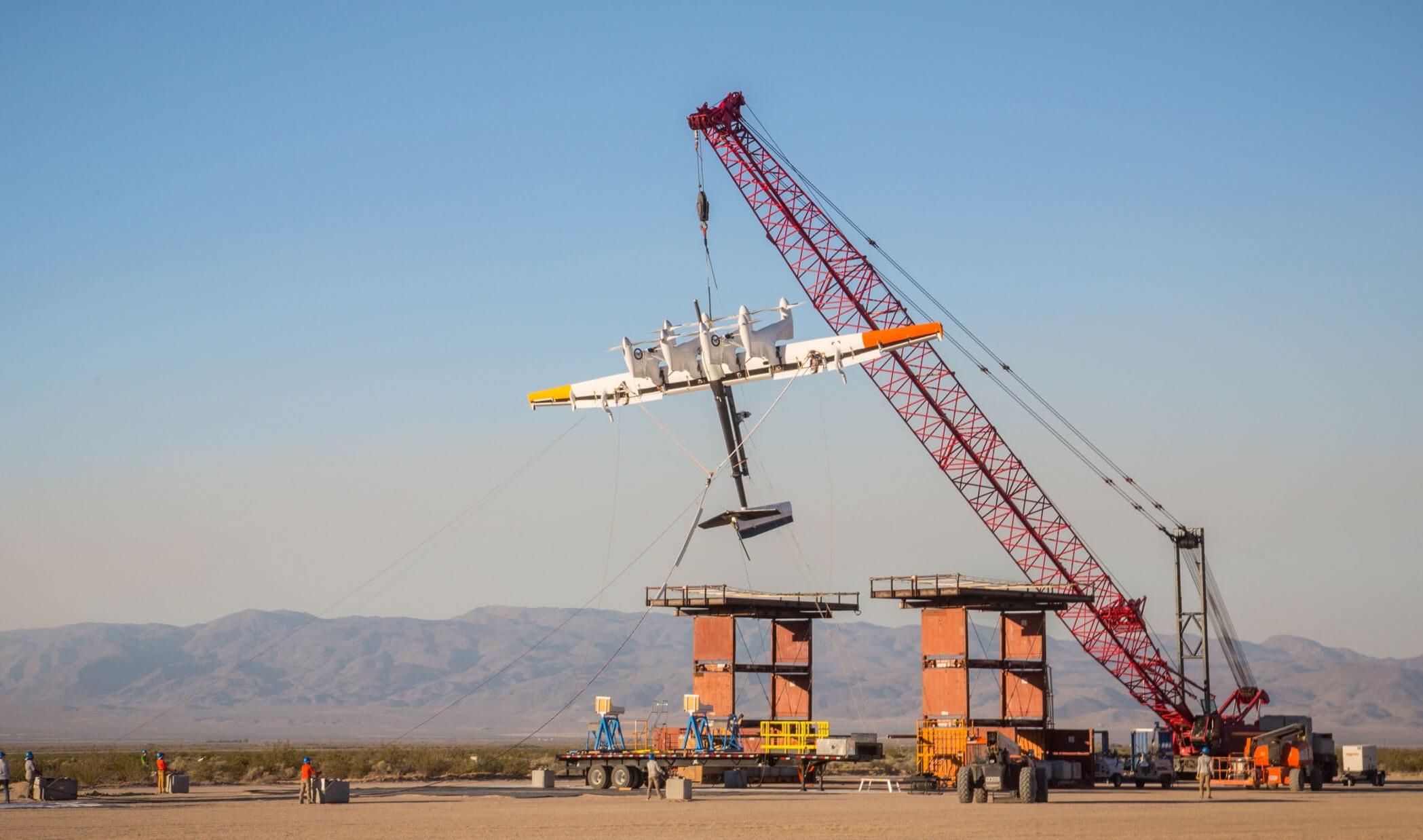Secret Google kite project on verge of launching
Makani is supported by Google X – an R&D facility founded by the tech giant to pursue 'moonshot' ideas

A project from Google's secretive X division that uses giant plane-like kites to generate renewable electricity may be about to be launched.
Makani Power has been developing airborne wind turbines with the support of the Internet giant's research and development facility founded to pursue "moonshot" ideas.
If successful the plan would negate the need for costly construction materials and labour that is required for ground-based wind turbines.
But after more than 10 years of development, the kites are yet to be used beyond testing.
However, a new job listing has prompted speculation that the project might be about to enter a new stage.
Posted on the LinkedIn website on 19 October, it says that Project Makani X is on the hunt for an HR leader.
"Makani will likely be 'graduating' from X soon and needs someone to lead HR now and post-graduation," the job post states. "Makani is working to make clean energy accessible for everyone by developing energy kites, a new type of wind turbines that can access stronger and steadier winds at higher altitudes to generate more energy with less materials."

The project began in 2008 using just a fabric kite capable of generating around 2 kilowatts of power. By 2010, the energy-producing kites were being built with rigid wings that could harness more power from a higher lift.
The most recent version of the Makani kite was first flown in test flights in December 2016, performing loop-the-loops in a wide circle in the skies that produced up to 600 kW – enough electricity to power around 300 homes.

It is estimated that wind power has the potential to meet the world's energy need 100-times over, although only four per cent of the world's electricity is currently generated from wind.
"Makani believes that it's possible to unlock additional wind resources that aren't accessible or cost effective today," the project's website states. "Our low mass opens up new possibilities for wind power in deepwater offshore sites. We continue to design, prototype and test energy kites so that more people around the world can have access to clean, affordable wind power."
Join our commenting forum
Join thought-provoking conversations, follow other Independent readers and see their replies
Comments
Bookmark popover
Removed from bookmarks